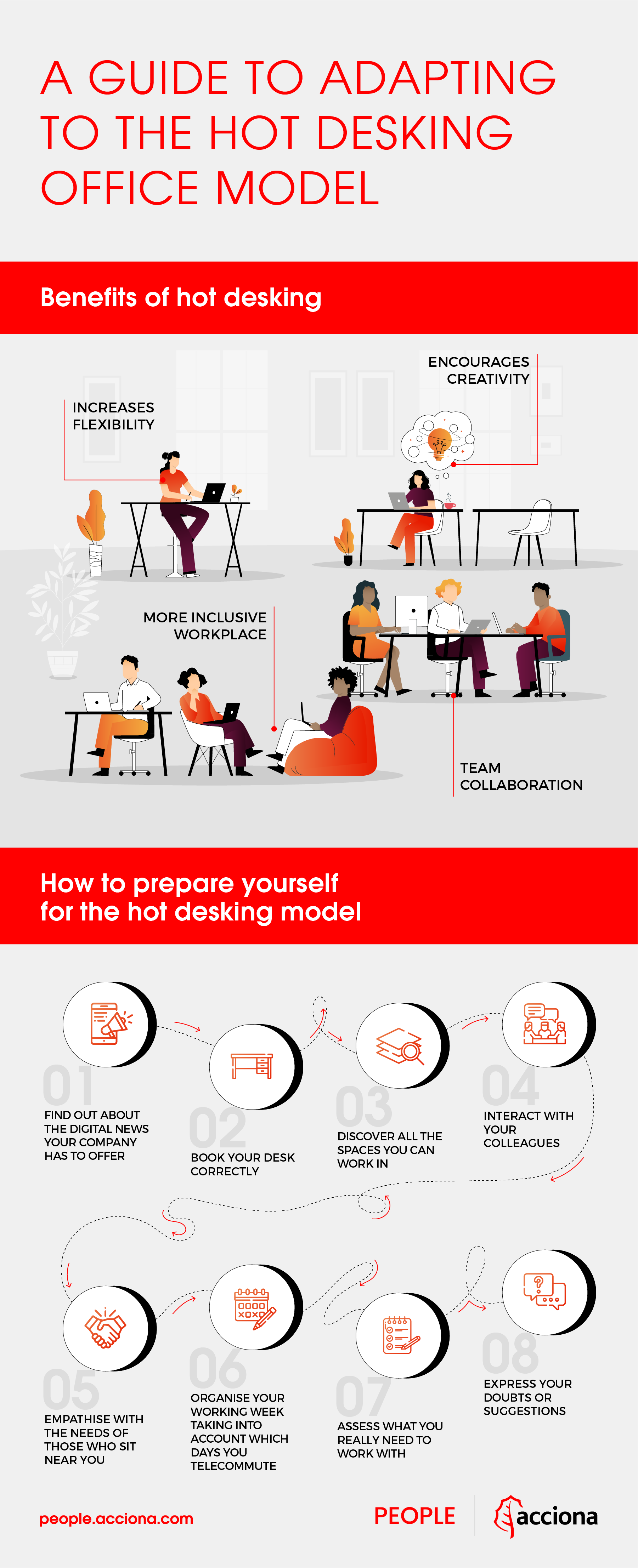In 2015, the desk on which Charles Dickens wrote “Great Expectations” came up for sale. A Victorian piece of furniture, made of dark mahogany and with large drawer units on the sides, it sold for 780,000 pounds (just under 912,000 euros).
We can imagine the long hours the writer spent sitting in front of it, on the piece of furniture responsible for sustaining the process of creating one of the most important literary works of the 19th century. Desks tell us a lot about the person who sits at them. What Dickens’ desk says is that writing is a serious but solitary business, and that the man who worked on it was important.
If you think about it, this type of furniture has always been a sign of hierarchy. Proof of this is Don Draper’s office in Mad Men or the office of the President of the United States in the White House. The rule is simple: the bigger the desk and the nobler the wood, the more important its occupant is.
They’re also a physical way of establishing distance. All visits to an office took place with the executive on one side of his huge desk and the visitor on the other.
Nowadays, it’s difficult to find this type of furniture in any company.
Times have changed and the corporate world has changed. The status or worth of a position of responsibility is no longer determined by the size of an office or the design of a piece of furniture. Today’s entrepreneurial spirit prefers open, diaphanous spaces that encourage horizontal relations between employees. Where once status was about distance, now it is about emancipation from a fixed, hermetic place to work.
This new distribution establishes a close correlation between personal interactions, performance and innovation. The model known as hotdesking encourages collaboration between employees and allows creativity to flourish through the interaction of people.
“Where once status was about distance, now it is about emancipation from a fixed, hermetic place to work.”
This model is necessary not only because of the benefits it brings to the company, but also because it adapts offices to the digital working era of the 21st century. If the tools we use to carry out our work have changed so much, how could the places where we perform it not? More than a simple change, it is a necessary change. That’s why this article aims to offer a guide to adapting to this system.

Adapting to hot desking is easy if you know how to do it
- Be aware of all the new developments: this type of model involves an improvement in the company’s facilities and technologies. Make sure you are aware of which digital innovations will be implemented and how processes such as clocking in, booking desks and rooms will be carried out. Check that you have all the digital tools that the company has made available for employees to move, enjoy and work in the offices.
- Book your desk properly: one such application is often a tool that manages shared desks. Employees can reserve the place where they want to work before coming to the office. Using this software incorrectly, or worse, not using it at all, will cause you to waste time when you come into the office or miss out on the benefits of being able to choose where you want to work your day.
- Discover all the spaces in which you can work: also, in which ones you feel most comfortable for each task. Need a little inspiration? Maybe it’s a good idea to spend the morning in the garden. Want to stay focused to complete that report? Find a quieter, less crowded space. Got a meeting? Try having it in the cafeteria or, if you need privacy, book a room.
- Interact with your colleagues: one of the most exciting aspects of this model is that every day you will be surrounded by different colleagues, most likely from other departments. Getting to know new people, what they do and how they do it brings new perspectives to our own work.
- Empathise with your colleagues: being surrounded by new people every day also exposes us to different environments. It is important to work in tune with the changing environment around us. If, when booking a desk, an employee is with others who prefer a quiet environment, we can consider taking phone calls in alternative spaces and keeping the music on our phone at a lower volume, for example.
- Organise your working week to suit teleworking days: the hotspot model often comes with some flexibility to work remotely. We know the benefits of interacting with colleagues during working hours, but we also know that there are days when, for personal or family reasons, it’s easier to work from home.
- Assess what you really need to do your job: thanks to digitalisation, office work can be done perfectly well with a computer and an Internet connection. There’s hardly any need for analogue tools any more. Even paper is becoming unnecessary, which is good for the environment.
- Do you have any questions or suggestions? Don’t hesitate to let your manager or human resources know. A change of model of this calibre is a challenge, and having the input from those involved ensures that the transition is more efficient and that all employees are more comfortable and satisfied with the final result.
Major changes require a period of adaptation to make the road easier. The good thing about models such as hot sites is that they encourage digitalisation and flexibility, benefiting all actors involved. A necessary evolution in the world of work that we’re ready to face.
Sources: HBR, Financial Times


